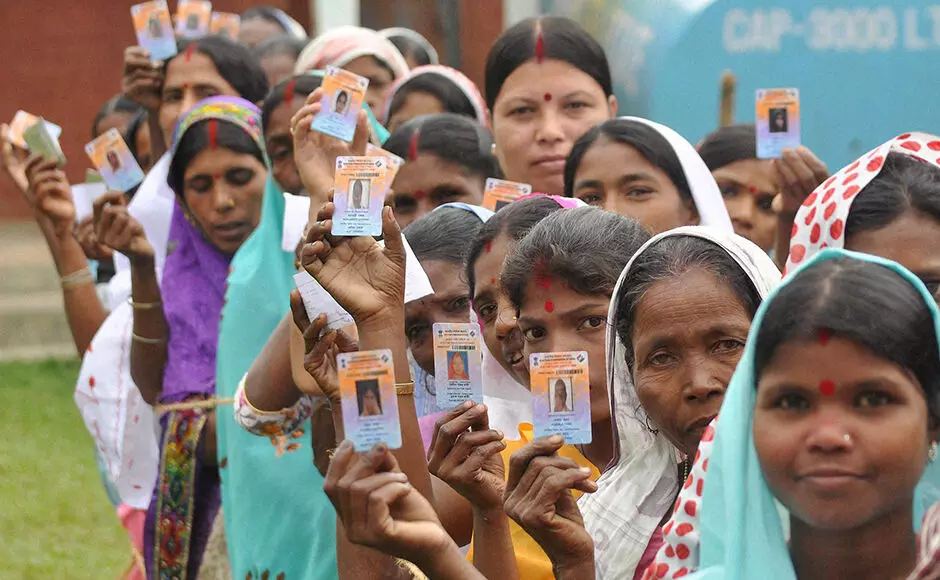Seeking the wrong remedy?

The 'High Level Committee on One Nation, One Election' has invited suggestions from the public "for making appropriate changes in the existing legal administrative framework to enable simultaneous elections in the country." Recently, the committee reached out to six national political parties, 33 state parties, and seven registered unrecognised parties, soliciting their views on a "mutually agreed date" for conducting simultaneous elections. It may be recalled that the six-member committee, formed in September this year, is tasked with reviewing and providing recommendations for the feasibility of conducting concurrent elections in the Lok Sabha, state assemblies, and local bodies. To achieve this objective, the committee has been assigned the responsibility of suggesting precise amendments to the Constitution and any other required legal modifications to facilitate simultaneous elections. It is heartening to note that the panel is reaching out to multiple stakeholders in the course of proposing recommendations regarding simultaneous elections, giving an impression of consultative policymaking. However, as things stand today, the very idea of simultaneous elections is debatable. Conducting all the elections together at this stage will be a mammoth exercise with abysmal feasibility, bordering on impracticality. At the same time, not only are the benefits arising out of the exercise uncertain, but there are also grave risks to the democratic and federal principles enshrined in the Indian constitution. The very first aspect that proponents of 'One Nation, One Election' highlight is the huge costs incurred in holding multiple elections. It is true that India holds one of the most expensive elections throughout the world. However, the Central government is seeking the wrong remedy by trying to address this problem through simultaneous elections. In the first place, elections are an invaluable asset to any democratic nation. Seeing them as a liability through the narrowed lens of a profit-loss equation is emblematic of ingrained undemocratic thinking. Secondly, when measured against its vitality, the costs of holding elections are still negligible. Thirdly, and most importantly, the logistics cost incurred on the election represents a very small fraction of the overall costs — implying that only an insignificant amount can be saved through simultaneous elections. N Bhaskar Rao, Chairman of the Centre for Media Studies, Delhi, highlighted in the Post Election Review Report of 2019 that a significant portion of the election expenditure, ranging from 20 per cent to 25 per cent, was distributed in cash directly to voters. Additionally, campaign and publicity expenses accounted for about 30 per cent to 35 per cent of the total expenditure, while the formal expenses incurred by the Election Commission for election arrangements constituted approximately 15 per cent to 20 per cent. From chicken curries to mutton and liquor, elections in India are hilariously notorious for trivial spendings. India, in this sense, represents a democracy with an imperfect electoral system. There are a host of illegitimate electoral trends that need to be curbed to ensure that elections are held with rational expenses and yield intended outcomes. Elections, in theory, are meant to enhance accountability and people’s participation. If adequate political will is demonstrated and electorates are sincerely made aware, elections will serve not as a source of extending relentless freebies, but will force political parties to stick to democratic and people-centric policies. By introducing simultaneous elections, the government aims to cut logistic costs, but the real problem lies in flawed practices of illegitimate and trivial expenses. According to N. Bhaskar Rao, the projected expenditure for the 2024 Lok Sabha polls is approximately Rs 1.20 lakh crore. However, if all assembly polls are conducted simultaneously, the estimated spending could escalate to Rs 3 lakh crore. Proponents of simultaneous elections also argue that holding separate elections hampers developmental work and also leads to voter fatigue. These are, at best, unfounded theories. On the contrary, simultaneous elections will allow ruling parties to slip into complacency and further their political agenda for a large part of the term. Furthermore, the very idea that repeated elections can lead to voter fatigue is highly flawed because it presumes that elections are an exercise in futility. It has to be remembered that elections have multifarious functional relevance in a democracy; they cannot be restricted to a decorative perception. To sum up, while re-institutionalising simultaneous elections will be a mammoth exercise involving a wide range of Constitutional amendments and state ratifications, its benefits are uncertain and limited. At the same time, the idea of simultaneous elections also undermines the federal spirit as it could lead to the marginalisation of regional issues under the wave of nationalism.



